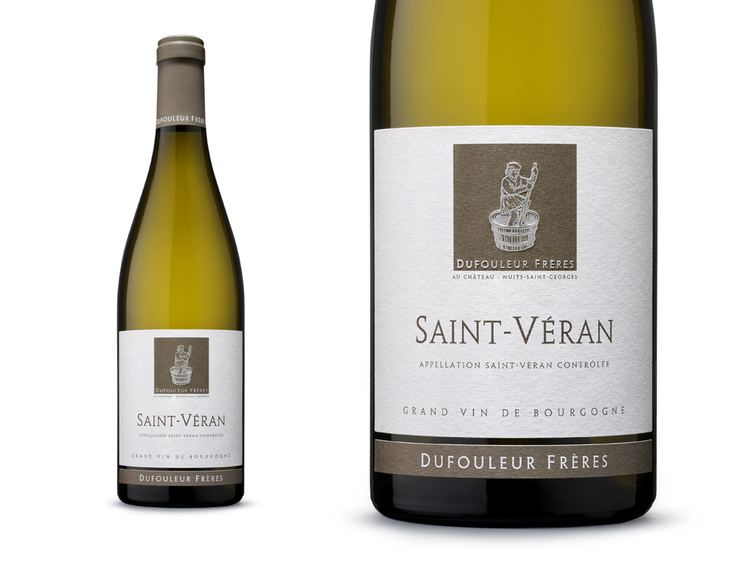Type AOC Climate region continental Year established 1971 | Country France No. of vineyards 1 Size of planted vineyards 6.8 km² Number of vineyards 1 | |
 | ||
Saint-Véran is an Appelation d'Origine Contrôlée (AOC) for white Burgundy wine from the Mâconnais subregion, located in the department of Saône-et-Loire.
Contents
Geographical description
The geographical area of this appellation extends over 8 communes and is divided into two small islands separated from each other by the Pouilly-Fuissé appelation. It is made up of the villages of Davayé, Prissé and Solutré-Pouilly in the north, and Chânes, Chasselas, Leynes, Saint-Amour and Saint-Vérand in the south. All these villages are located in the extreme south of the Mâconnais subregion and of the Burgundy wine region as a whole.
Historical background
The Saint-Véran appelation came into being on January 6, 1971. An enthronement ceremony was held at the Château de la Balmondière in Saint Vérand.
The AOC wine produced by the 6 Mâconnais communes of Chânes, Chasselas, Davayé, Leynes, Prissé and Saint-Vérand was christened Saint-Véran (without a final 'd'), the old spelling of the village's name.
Features
Geology and terroirs
From north to south, the terroir (soil type, climate and wine-growing tradition) of Saint-Véran borders directly on that of its neighbour, the Pouilly-Fuissé appellation, and together they share soils that are a mixture of chalk and clay. The area ranges in altitude from 250 to 450 metres. The south-south-east facing slopes that enjoy the most sunshine.
Named vineyards
Le Clos, Au Château, les Peiguins, Au Bourg, A la Croix, Aux Bulands and Vers le Mont are the climats/lieux-dits (specific named vineyards) with the most desirable micro-climates, and which sometimes be found indicated on the labels together with the name Saint-Véran.
Wine type, gastronomical features and serving temperatures
It is a pale golden colour when young, taking on a rich amber hue over time and often improving with age. Wine connoisseurs appreciated Saint-Veran's qualities before the appellation was officially recognized. With its complex, ample and elegant bouquet, this typical Burgundy wine offers round, powerful flavours on the palate. Depending on the year and the batch, one can detect fruity notes of white peach, apple or pear, or floral notes of lime-blossom or acacia that give way, over time, to notes of hazelnut or almond, offset by delicate touches of honey, vanilla and flint. It can for example be matched with chicken in a cream sauce, veal sweetbreads or fish. Saint-Véran should be served at around 11 °C and is best opened a few minutes before being served, allowing time for the full richness of its aroma to be released.
